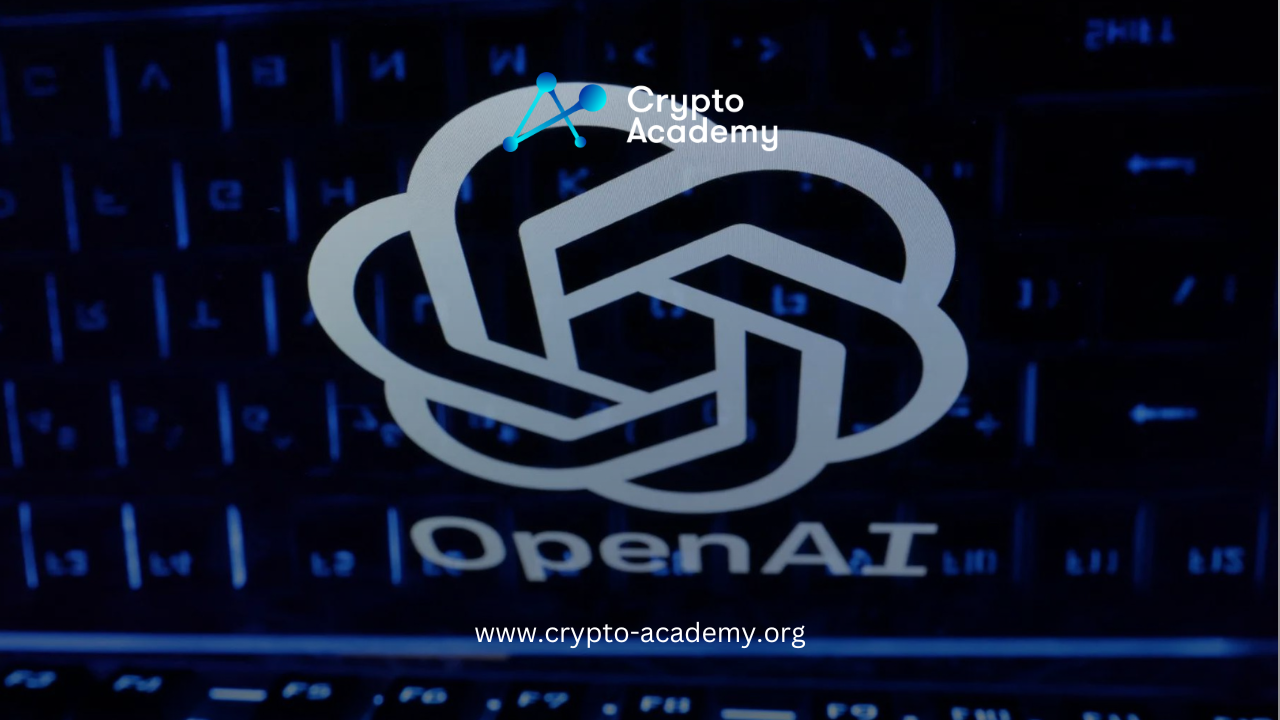OpenAI’s Sora, an AI video generator, impresses despite limitations, sparking discussions on creativity and ethical use.
OpenAI has introduced Sora, its novel AI-driven video generation technology, captivating social media enthusiasts with its advanced realism. Despite the excitement, OpenAI acknowledges that Sora is still in its developmental phase and not quite ready for a broad public debut. This unveiling marks OpenAI’s first venture into text-to-video AI models, receiving a warm welcome from the tech community and beyond.
Sora, revealed on February 15th, is designed to transform simple text prompts into intricate videos, extend existing footage, and craft scenes from static images. OpenAI’s recent blog post highlights Sora’s capability to produce cinematic scenes in up to 1080p resolution, featuring multiple characters, dynamic motion, and precise details in both subjects and backgrounds.
How Sora Enhances AI-Driven Creativity
Leveraging a diffusion model similar to OpenAI’s image-centric Dall-E 3, Sora excels in generating output that starts from a “static noise” appearance and progressively refines it, removing noise to reveal clear, detailed videos. This innovative approach builds on the foundational research behind ChatGPT and Dall-E 3, enhancing the model’s ability to accurately interpret and realize user inputs.
However, Sora is not without its limitations. OpenAI has identified challenges in the model’s ability to accurately simulate complex scene physics and maintain consistency in cause and effect relationships. For instance, an action as simple as biting into a cookie might not result in a visible bite mark in the generated video. Spatial details can also be a stumbling block, with the model sometimes confusing directions and failing to adhere to precise spatial descriptions.
For the time being, access to Sora is limited to a select group of cybersecurity researchers, known as “red teamers,” along with chosen designers, visual artists, and filmmakers. This strategy allows OpenAI to identify potential risks and gather valuable feedback for future enhancements.
Ethical Considerations
The excitement around Sora’s capabilities has surged on social media, particularly on X, where users have shared numerous video demos showcasing what the technology can achieve. OpenAI CEO Sam Altman further fueled the buzz by responding to custom video-generation requests, sharing a series of Sora-generated videos that ranged from whimsical to breathtaking.
Critics and enthusiasts alike have noted Sora’s potential far exceeds that of a mere “creative toy.” According to Nvidia senior researcher Jim Fan, Sora represents a significant leap forward, functioning as a “data-driven physics engine” that not only generates videos but also meticulously crafts the physics within each scene.
The introduction of Sora has reignited discussions about the ethical and legal implications of AI-generated content. A recent Stanford University report highlighted concerns over AI models trained on inappropriate material, underscoring the need for stringent ethical guidelines in the development and deployment of AI technologies like Sora.

